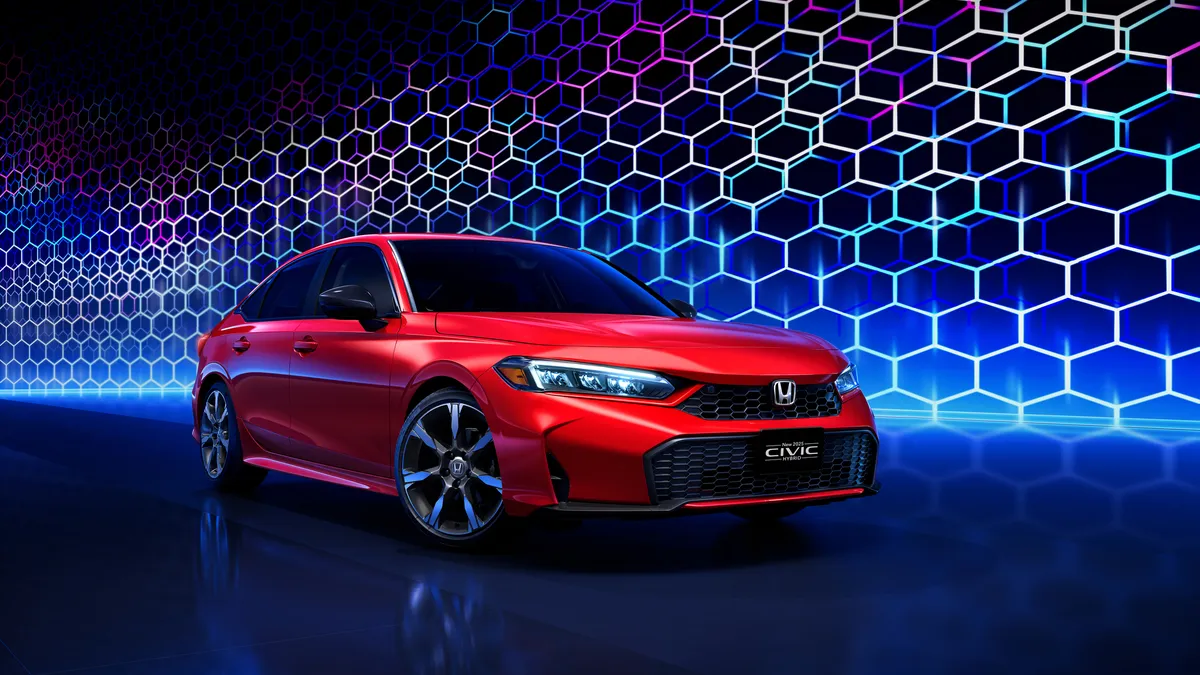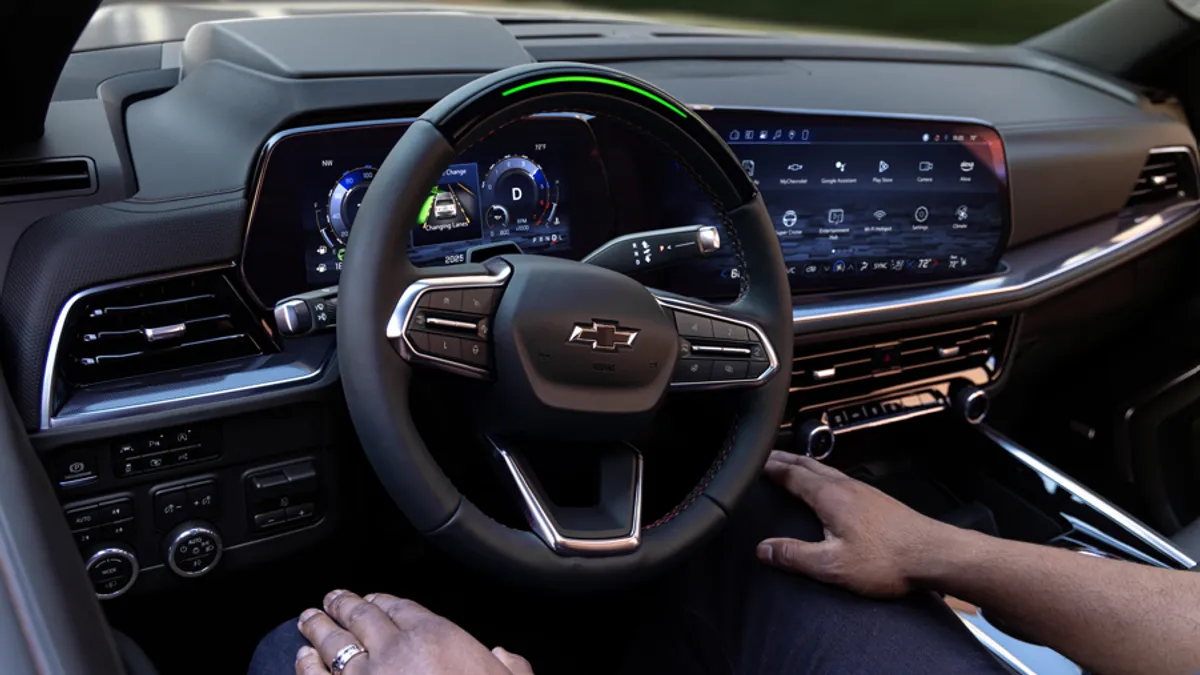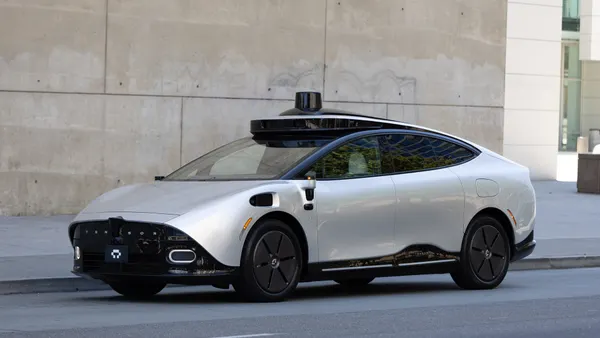Dive Brief:
- Honda Motor Co. reported a record-high operating profit in Q1 of 484.7 billion yen ($3.3 billion), a nearly 23% year-over-year increase, according to its earnings presentation released Wednesday.
- The automaker credited the strong quarter to “robust” hybrid sales in both the U.S. and Japan, in addition to increased motorcycle sales in Brazil and India.
- However, vehicle sales declined in China during the quarter, due to the country’s growing new energy vehicle market and increased price competition, the company said.
Dive Insight:
Earlier this year, Honda detailed its efforts to gain a competitive advantage in the hybrid vehicle segment by increasing its R&D spending by almost 25% over the next year. The automaker aims to produce 2 million hybrids by 2030 and use the profits to fund its electric vehicle transition, CEO Toshihiro Mibe said at a news conference in May.
The hybrid versions of the CR-V and Accord hybrid represented over one-quarter of total Honda’s U.S. sales in 2023, and the company plans to launch a hybrid version of the Civic in the U.S. next year.
But the electric vehicle market in the U.S. is stalling, executives said during the company’s earnings call Wednesday, as used EV prices are sinking. The market could be further complicated by the outcome of the presidential election, the company noted.
But a bigger area of concern is China, where Honda lowered its sales forecast by 220,000 units for the fiscal year, ending March 25, 2025.
Last month, Reuters reported that Honda will close a plant in China and halt production at another to optimize its output in the world’s largest auto market.
Meanwhile, the company is building two EV plants in China through its GAC Honda Automobile Co. subsidiary and Dongfeng Honda Automobile Co. joint venture. Both plants were expected to become operational in 2024, giving Honda a total base annual automobile production capacity of 1.73 million units.
The automaker is planning to introduce a total of 10 Honda-brand EV models in China by 2027, striving to make EVs represent 100% of its automobile sales in the market by 2035.














